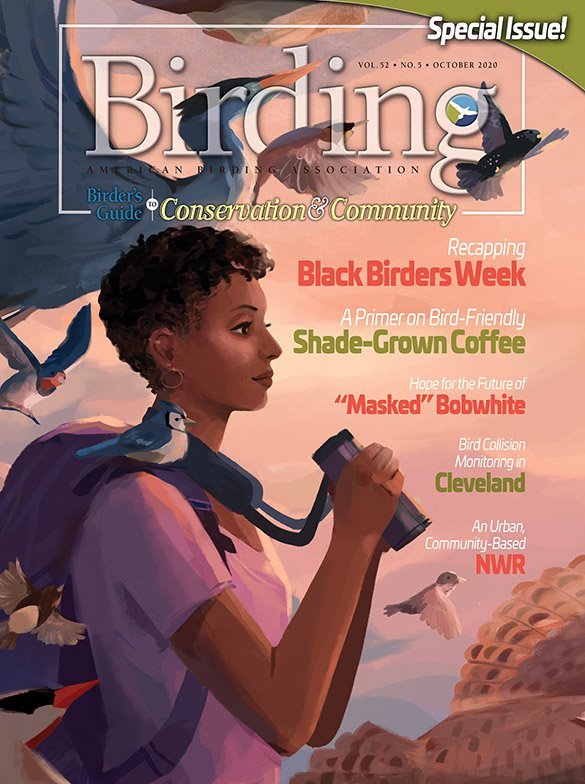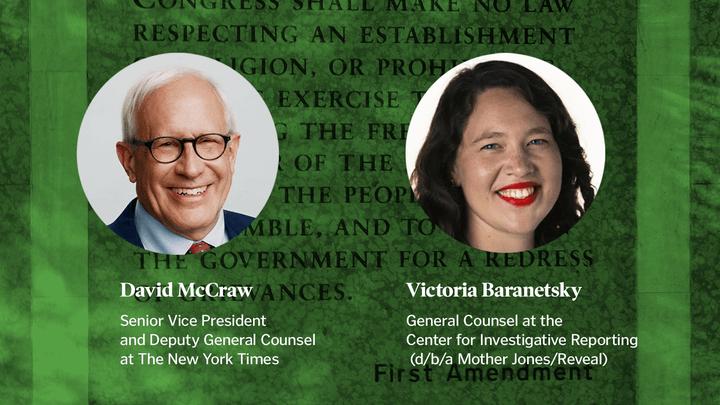In the 90 days following the death of George Floyd while in the custody of Minneapolis police, mainstream magazines celebrated Blackness on their covers about three times more than in the previous 90 years combined.
It could be said that general interest magazines, like motion picture and network entertainment programming, have historically failed to embrace America as a diverse nation. A case in point: It was not until 1930 that Time featured a Black person on the cover; Ethiopian leader Haile Selassie, who was also the news magazine’s Man of the Year (later changed to Person of the Year).
This ignoring of people of color occasionally rose to levels of insensitivity. On its June 27, 1994, cover, Time featured a digitally manipulated Los Angeles police booking photo of the most famous murder suspect of that decade, O.J. Simpson. On an inside page, the magazine correctly labeled the image an “illustration,” but the artist had darkened Simpson’s skin and made him appear unshaven and blurrier.
James R. Gaines, Time’s managing editor, was quoted in The New York Times afterward. Gaines said he wanted to create Time covers that were “in some way iconographic. … That said, I’ll be a little more careful about doing portraiture or photo illustration on very tight deadline, which was the case here.”
Cover designs in the aftermath of Floyd’s death, which was recorded by a bystander and shown worldwide, were clearly more careful, even intentional. These covers suggest a revolution taking place in the world of magazines, among the most significant transformations editors and publishers have delivered to their readers since the industry was born.
[the_ad id=”667826″]
Our research found that each and every one of the 126 covers published in 2020 that featured Black subjects showed them in a positive and uplifting light, whether they were ordinary Americans like the couples on the covers of Psychology Today and Southern Bride, or celebrities and politicians like those on the covers of The Week Junior, Time and BookPage.
Ben Cobb, co-editor of Love magazine, stopped short of calling what has occurred in the industry a revolution, but he said the change is definite and said the cause was the combination of the pandemic, quarantine and police violence involving Black women and men.
“March to June,” Cobb said. “Four months that saw humanity brought to its knees — the global economy eviscerated, sovereignties shaken, bronze gods toppled and (ending) 400 years of black oppression at the top of every agenda. So f—— monumental. Maybe 2020 wasn’t so bad after all.”
Just three years ago, a study conducted by the Color of Change organization and reported in The Washington Post in December 2017 concluded that “if all you knew about black families was what national news outlets reported, you are likely to think African Americans are overwhelmingly poor, reliant on welfare, absentee fathers and criminals …”
Before this year, in-depth examinations of the failure of America to deliver on the U.S. Constitution’s promise of equality were not uncommon in the print industry. Add to that the 1968 Kerner Commission finding that Black Americans have consistently experienced a lack of coverage, endured negative stereotypes and framing that further marginalized Black communities.
But Floyd’s death, which triggered loud and long protests in the United States and elsewhere, brought wider consciousness to America’s generational dehumanization of Black citizens. Today, a first-time visitor to a newsstand would see something long-sought: a mainstreaming of Black people into American life.
[the_ad id=”667872″]
Previously, countering negative stereotypes and imagery in the mainstream press was the task that fell on Black publishers and editors. The nation’s first Black weekly newspaper, Freedom’s Journal, appeared in New York in 1827. Editors Samuel Cornish and John Russwurm wrote in their now-famous prospectus, “Too long have others spoken for us.”
The nation has seen hundreds of Black publications fight the consistent marginalization. Abolitionist Frederick Douglass was also a magazine publisher, advocating for the rights of Black Americans in part to counter negative coverage by white publications. Douglass himself was a barrier-breaker, appearing on the cover of Harper’s Weekly in 1883.
There are, of course, well-known modern Black magazines. Editions of famed publisher John Johnson’s Ebony and Jet magazines offer political content, focused on civil rights, but also telling the true stories of Black citizens who have been successful in varied walks of American life.
For non-ethnic publications, there were about 40 total instances since the Selassie cover that showed Black subjects as respected, celebrated or as everyday Americans. In recent months, in what may be a new normal, Black subjects — both as personalities and models — have been on the covers of 126 magazines.
It’s not just the covers that are embracing diversity. Content between the covers reflects a new or heightened awareness and could be defined as part of this revolution.
An editorial in Bust Magazine has only three words, “Black Lives Matter,” repeated on the page, followed by “Vote, Vote, Vote,” and signed by Debbie Stoller, the magazine’s editor-in-chief.

The October 2020 edition of Birding magazine from the American Birding Association includes a feature on Black Birders Week.
Larger publications also displayed an awareness. Condé Nast, which grappled with issues of racism in the summer of 2020, went all the way to beg to differ or to show change. Their GQ magazine presented three Black men on its covers, NFL quarterback Patrick Mahomes in August, musician Travis Scott in September, and actor Jonathan Majors in October, a first for a non-Black magazine. The attention was not limited to the covers, but also the articles inside, discussing health and the lifestyles of Black men.
Vogue, another Condé Nast magazine, commissioned a special, illustrated cover for its September issue, the first in years to carry an illustration instead of a photo. Vanity Fair carried an illustration of Breonna Taylor, while Architectural Digest featured on its cover Misty Copeland, the first Black female principal dancer at the American Ballet.
Hearst Magazines celebrated Blackness in September with its O, The Oprah magazine carrying an illustration of Breonna Taylor, the first time in the 20-year history of the magazine when Oprah was not on the cover.
Black people also appeared on the covers of Hearst’s Men’s Health and Women’s Health magazines. Bloomberg Businessweek carried a protesting fist with no words. And Meredith’s InStyle covers for both September and October featured Black subjects on their newsstand and subscription covers, as did the covers of their Health and Shape magazines.
[the_ad id=”667878″]
From mass mainstream magazines to small niche magazines, Black Americans were front and center. From A to Z, ABA Journal to Social Documentary Network’s Zeke magazine, the magazines are in a sea of change.
Magazines seem to have finally realized the time had arrived to include the excluded, and value the undervalued.
The pain of the pandemic and the death of George Floyd have had an awakening effect on the magazine industry. There’s an Arabic saying that is part of a famous song sung in Lebanon: “Revolutions are born from the wombs of sorrow.”







